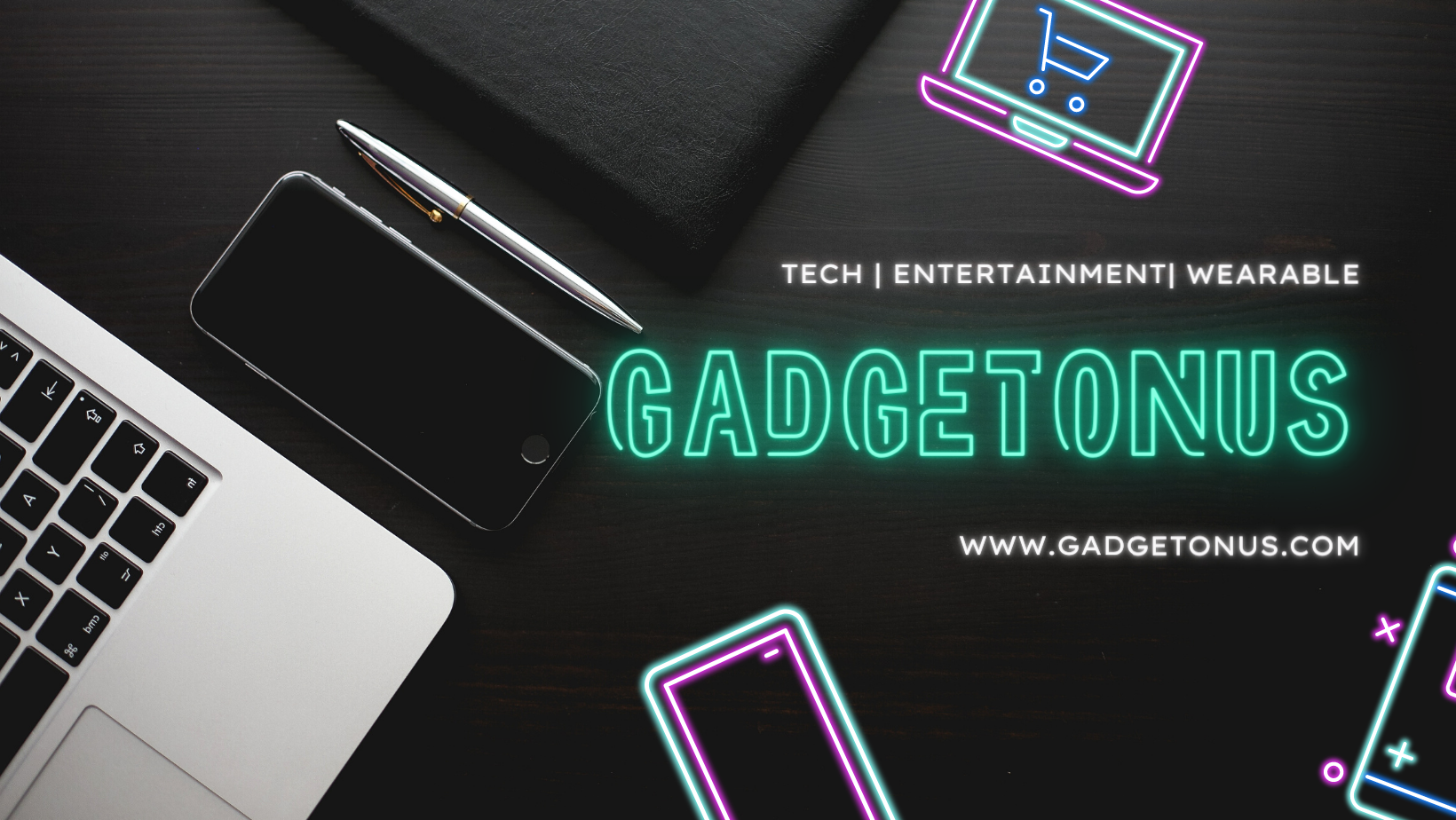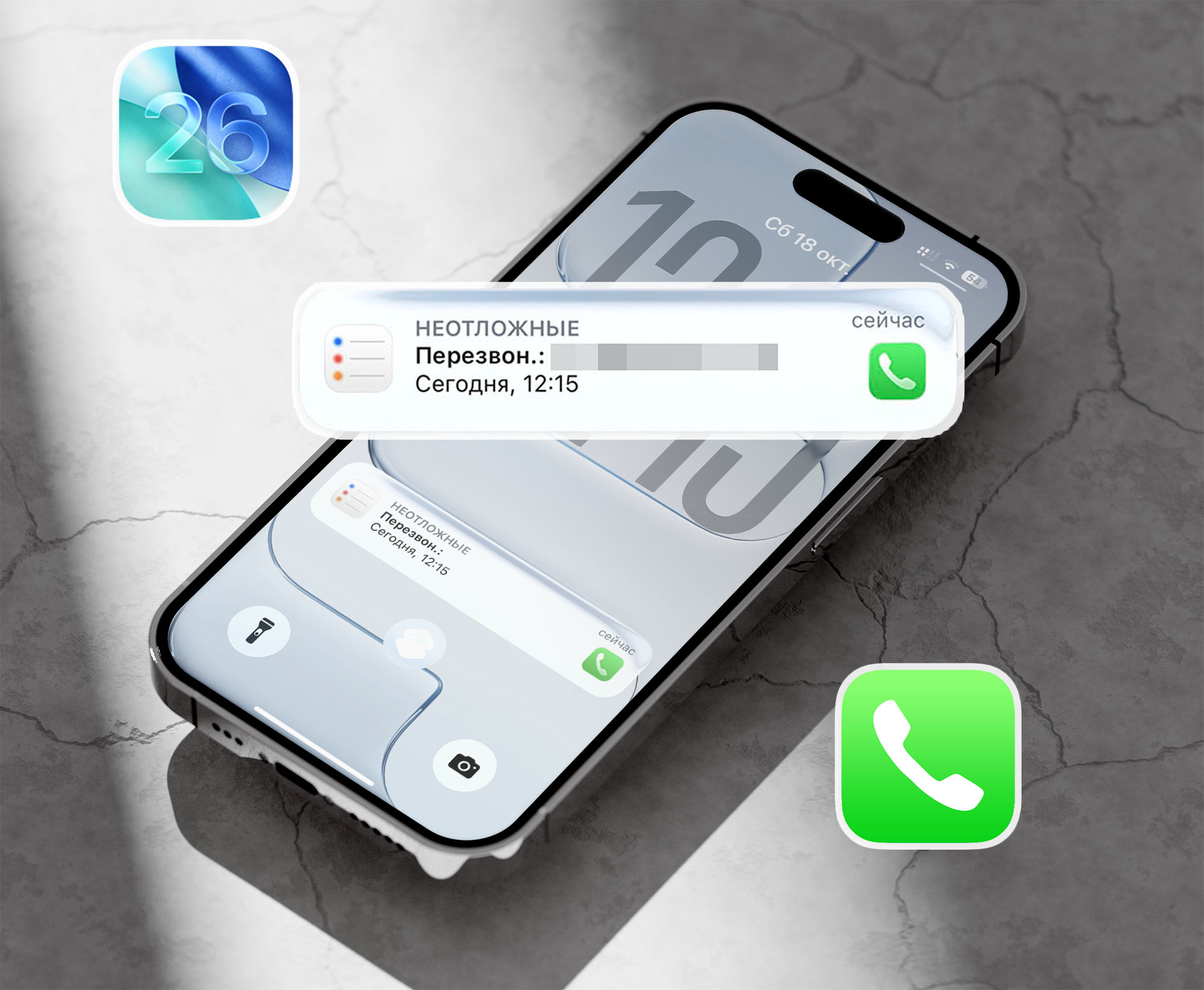The Antiplagiat text borrowing detection system has added a new functionality: automatic detection of machine-generated texts, the Antiplagiat press service reported. Access to the new functionality is available to all users of the paid versions of the system from May 2023.
Now, if generated snippets are found in the reviewed document, the Anti-Plagiarism system highlights them and the document itself is marked as “Suspicious”.
The algorithm, which enables the automatic detection and marking of machine-generated text fragments, is the company’s own development. The verification system scans the text for snippets supposedly created with GPT2, GPT-3, ChatGPT deep learning models.
It is clarified that the machine-generated text detector is trained and tested on a large data set, which minimizes the risk of false positives.
Context
The Anti-Plagiarism system is widely used in educational institutions, as well as in scientific and research institutions. Even with the help of it, students verify the uniqueness of their theses.
In Russia, the case of using ChatGPT for writing a thesis has already been publicly described. For example, RSUH student Alexander Zhadan used a neural network that faced with this task in 23 hours. ChatGPT wrote his thesis on organization management with 82% unique text, while 70% required, Zhadan successfully defended it.
After that, the Russian State Humanitarian University proposed to limit the use of the ChatGPT bot in education.
- OpenAI ChatGPT chatbot can perform all kinds of tasks with the help of artificial intelligence technologies, for example, find the answer to almost any question, write program code, create a song.
Author:
anastasia mariana
Source: RB
I am a professional journalist and content creator with extensive experience writing for news websites. I currently work as an author at Gadget Onus, where I specialize in covering hot news topics. My written pieces have been published on some of the biggest media outlets around the world, including The Guardian and BBC News.











